Copepods are tiny crustaceans that play a surprising role in maintaining the balance of aquarium ecosystems. Often overlooked, these microscopic organisms can help control pest populations, contributing to a healthier tank environment. Understanding their ecological impact can empower aquarists to harness their natural pest-control abilities effectively.
This guide explores how copepods interact with common aquarium pests, their role in the food web, and practical ways to encourage their presence. By fostering a natural balance, copepods can reduce the need for chemical interventions, promoting a more sustainable aquarium.
Key Takeaways
- Copepods are natural predators that help control pests like flatworms and aiptasia
- They contribute to nutrient cycling and support a balanced ecosystem
- Proper tank conditions encourage copepod populations
- Overfeeding can attract pests, counteracting copepod benefits
- Observing tank dynamics helps maximize copepod effectiveness
The Role of Copepods in Pest Control
Copepods are small (typically 0.2-2 mm), free-swimming crustaceans found in marine and freshwater aquariums. They belong to several families, including Harpacticoida, Calanoida, and Cyclopoida, each with unique behaviors. Some species are predatory, feeding on smaller organisms, while others are omnivorous, consuming algae and detritus.
One of their key ecological roles is controlling pest populations. For instance, copepods can prey on the larvae of flatworms, a common nuisance in reef tanks that can harm corals. They also feed on the tiny polyps of aiptasia anemones, helping to limit their spread without the need for manual removal. This natural predation makes copepods valuable allies in maintaining tank health.
Their effectiveness depends on their population size and diversity. A thriving copepod community can establish a natural check on pest growth, reducing outbreaks. For more on aquarium ecosystems, explore our article on aquarium pods as tiny heroes of your tank’s ecosystem.
Common Aquarium Pests and Copepod Interactions
Several pests can disrupt aquarium harmony, and copepods offer a natural solution to manage them.
Flatworms
Flatworms, such as red planaria, can multiply rapidly and cover corals, blocking light and causing tissue damage. Copepods, particularly predatory species like Tigriopus, feed on flatworm larvae, preventing large infestations. Their presence can reduce the need for chemical treatments that might harm beneficial organisms.
Aiptasia Anemones
Aiptasia are aggressive anemones that sting corals and compete for space. While adult aiptasia are challenging to control, copepods can consume their early-stage polyps, slowing their proliferation. This natural suppression complements other management strategies like manual extraction.
Amphipods and Other Small Pests
While copepods themselves are sometimes mistaken for pests, they can regulate populations of other small invertebrates that overpopulate. For example, they compete with amphipods for food, maintaining a balanced microfauna community.
These interactions highlight copepods’ role as part of a self-regulating system. Their impact is most noticeable in well-maintained tanks where they can establish a foothold.
Encouraging Copepod Populations in Your Aquarium
To maximize copepods’ pest-control potential, creating a suitable habitat is essential. Here are some strategies:
Providing Food Sources
Copepods feed on phytoplankton, detritus, and small organic particles. Introducing a natural food supply, such as green water, can sustain their population. This also supports other beneficial microorganisms, enhancing the tank’s biodiversity.
Adding Refuge Areas
Copepods need places to hide from fish and thrive. Live rock, macroalgae, and substrate provide refuge, allowing their numbers to grow. A dense, structured tank environment encourages their reproduction and survival.
Avoiding Overfeeding
Excess food can lead to algae blooms or pest outbreaks, undermining copepod efforts. Feed sparingly and remove uneaten food to maintain water quality, giving copepods a competitive edge over pests.
Monitoring copepod activity can be done with a flashlight at night, when they become more active. A healthy population will appear as small, darting movements in the water column.
The Broader Ecological Benefits of Copepods
Beyond pest control, copepods contribute to the aquarium’s overall health. They recycle nutrients by consuming detritus and algae, reducing organic waste that can fuel pest growth. This nutrient cycling supports corals, fish, and other invertebrates.
Copepods also serve as a natural food source for small fish and coral polyps, enhancing the food web. Their presence indicates a thriving ecosystem, where biodiversity helps stabilize conditions. This interconnectedness is a key aspect of sustainable aquarium management.
Challenges and Considerations
While copepods are beneficial, their effectiveness can vary. Overly aggressive fish may prey on them, reducing their numbers. Similarly, strong water flow can wash them out of refuge areas, limiting their impact.
To address these challenges, introduce copepods gradually and monitor fish behavior. Adding Tisbe copepods in stages can help establish a stable population. Avoid over-cleaning the tank, as this can disrupt their habitat.
Pest control is most effective when combined with good husbandry practices. Regular maintenance, such as water changes and substrate vacuuming, complements copepod efforts.
Conclusion: Leveraging Copepods for a Healthier Aquarium
Copepods offer a natural, eco-friendly way to control aquarium pests like flatworms and aiptasia. By supporting their population through proper feeding, refuge areas, and balanced tank management, aquarists can reduce pest issues while fostering a vibrant ecosystem. Their role in nutrient cycling and the food web underscores their importance beyond pest control.
Observing and nurturing copepods can lead to a more self-sustaining tank, minimizing the need for artificial interventions. With patience and attention to detail, these tiny organisms can transform your aquarium into a thriving, balanced environment.
- Natural Pest Predation
- Nutrient Recycling
- Habitat Support
- Balanced Feeding
- Regular Monitoring


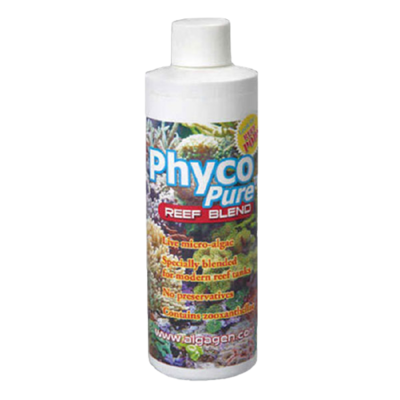
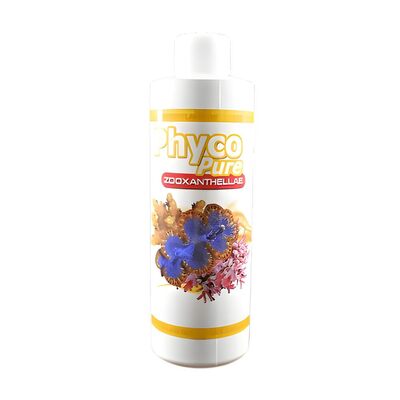
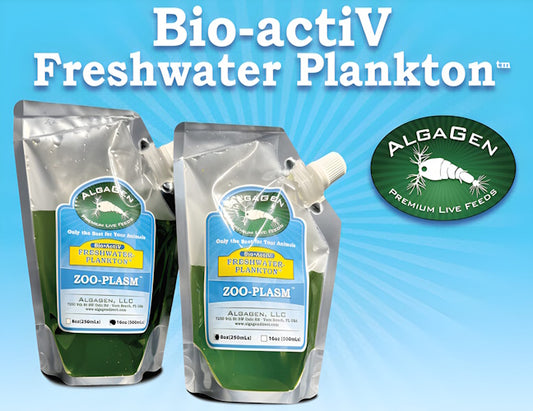
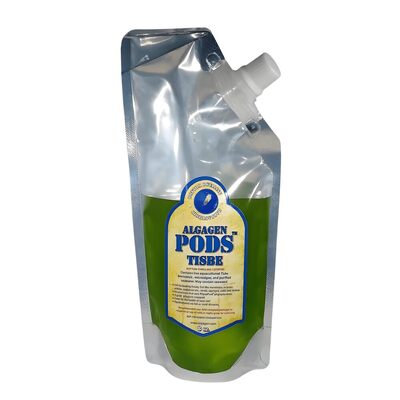
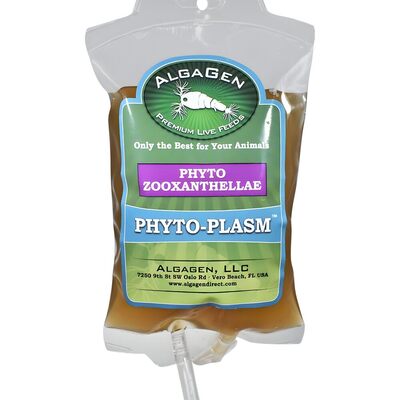
Recent post